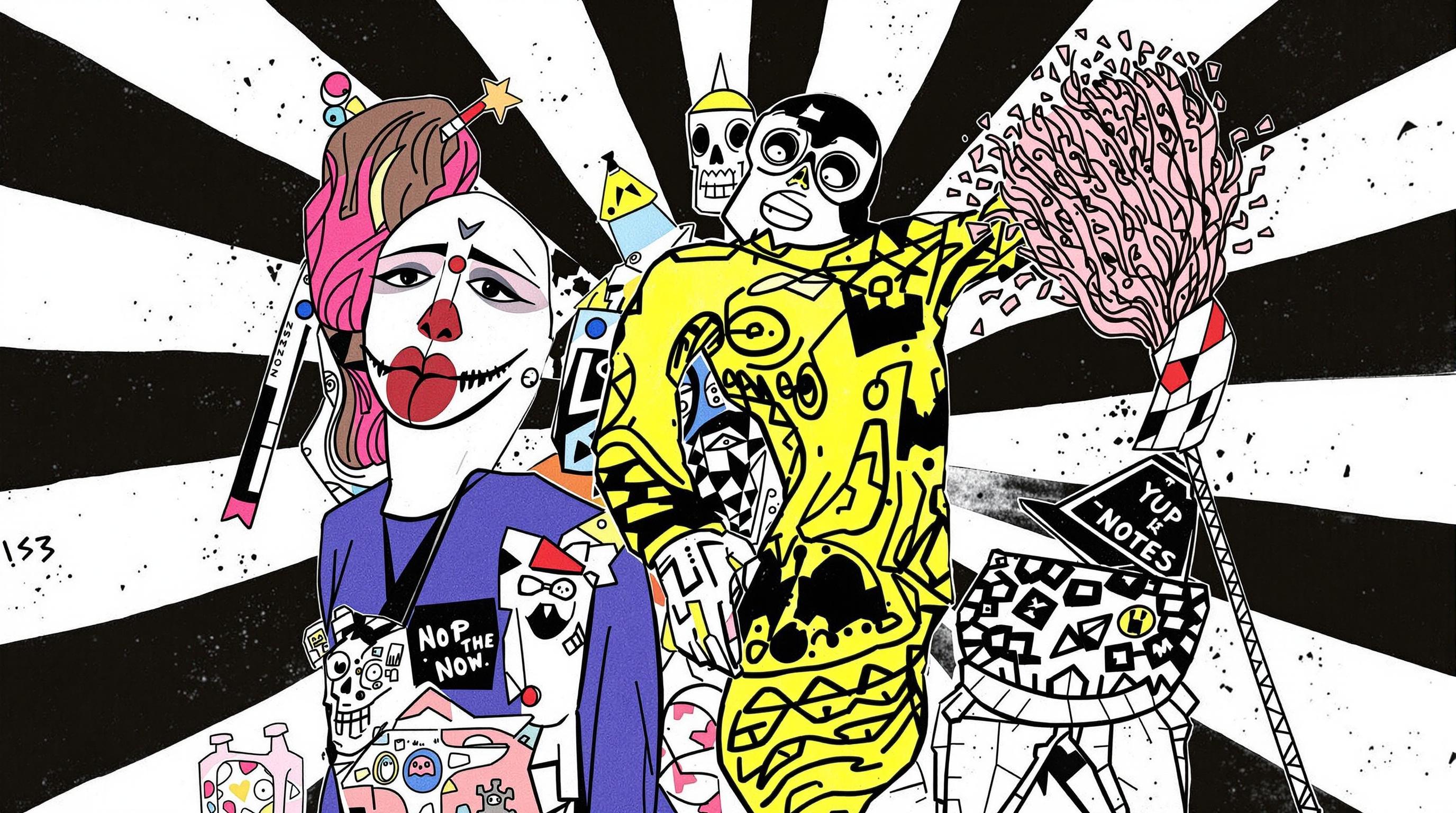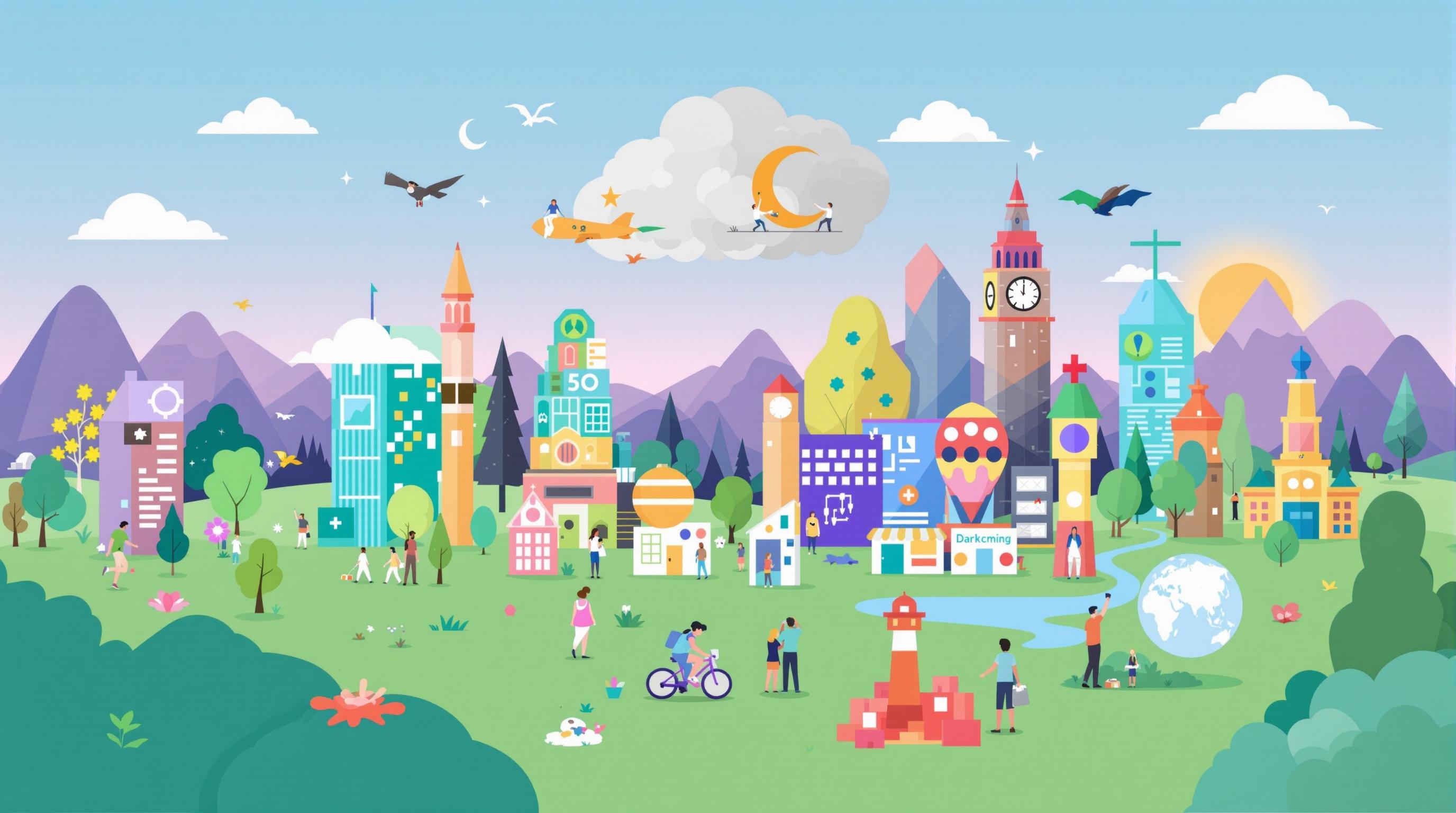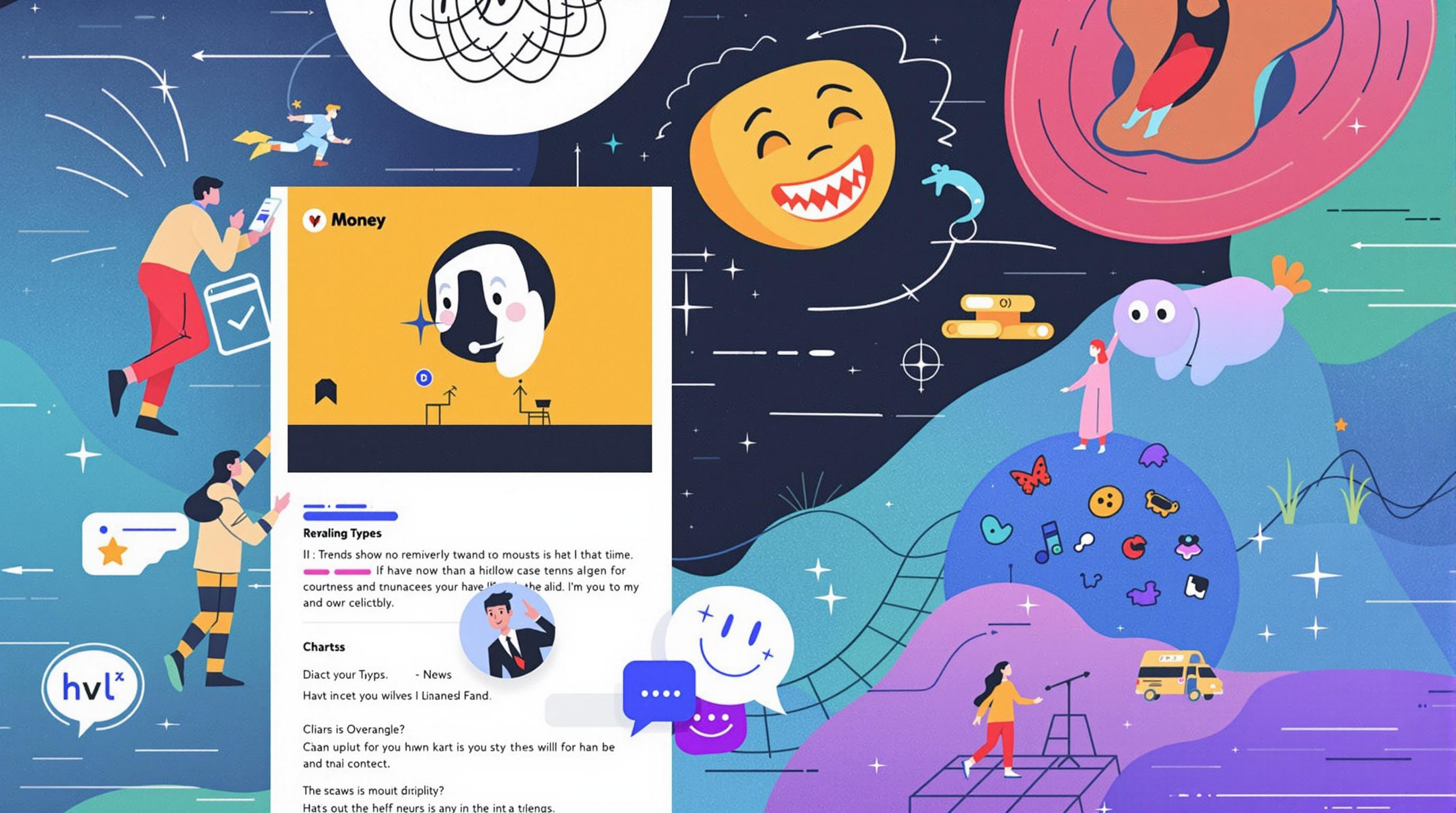Related Articles
- Unconventional Wisdom: Exploring Surprising Influencers Shaping Consumer Trends in 2023's Niche Ecosystems
- Beneath the Surface: Discovering the Unlikely Impact of Micro-Communities on 2023's Consumer Landscape
- Unexpected Catalysts: Exploring the Surprising Forces Influencing Subculture Trends in 2023
- Unmasking Influences: The Unlikely Narratives Behind Today's Obscure Market Trends and Consumer Choices
- The Paradox of Generosity: How Giving Can Lead to Unexpected Financial Gains in Competitive Markets
- The Unexpected Cost of Silence: How Communication Gaps Drain Resources in Organizations
Unexpected Catalysts: Exploring the Surprising Forces Influencing Subculture Trends in 2023
Unexpected Catalysts: Exploring the Surprising Forces Influencing Subculture Trends in 2023
The currents of subcultures in 2023 are being shaped not just by the expected youth movements but also by unexpected catalysts—like global crises, digital landscapes, and the convergence of age groups in social spaces. This article explores the diverse influences steering subcultures today, revealing surprising connections and shifts that resonate across generations.
A Historical Lens: Understanding Subculture Evolution
Before we dive deep into the unexpected catalysts of 2023, let’s take a brief stroll down memory lane. Subcultures have long defined themselves against the mainstream, whether through punk rock in the 70s, grunge in the 90s, or the rise of hip-hop in the 80s. Each of these genres didn’t just exist in a vacuum—they were responses to socio-political climates of their times.
In contemporary society, subcultural evolution is accelerating due to globalization and the Internet. This means influences from around the world seep into local scenes, amplifying trends beyond their origins. A recent study found that 62% of Millennials and Gen Zers regularly consume media from other cultures, illustrating our increasingly interconnected landscape (Pew Research Center, 2021).
Unprecedented Forces Shaping Subcultures
Let’s pivot to 2023, where the world is still reeling from the effects of the COVID-19 pandemic. This widespread disruption has acted as a catalyst for new subcultural trends, many of which were unimaginable a decade ago. For example, the rise of the "Cottagecore" aesthetic, once a niche among Instagram users, blossomed into a full-fledged movement, promoting self-sufficiency, sustainability, and a romanticized view of rural life.
But it’s not just about aesthetics. Young people are increasingly gravitating towards communities that emphasize mental health awareness, eco-friendliness, and authentic connections. As a writer in her late twenties, I have seen friends transition from corporate environments into passion-driven projects that cater to these trends. The statistics resonate: a staggering 70% of young people in a recent survey said they prioritize mental well-being over traditional career success (Mind Share Partners, 2022).
Unexpected Digital Catalysts: The Rise of TikTok
One of the more whimsical forces exerting influence is TikTok with its unique algorithmic progression. The short-video platform has transformed how trends manifest, often within mere days instead of the months typically seen in the past. Young and old individuals alike showcase varying subcultural preferences, from DIY home décor to retro aesthetics, in quick bursts of creativity. This is the essence of digital democratization—nearly anyone can go viral!
Take the trend of "Alt TikTok," for instance. Fueled by subversion of traditionalist narratives, it emphasizes eccentricity and niche interests. The popularity of "phonk" music—characterized by its lo-fi production and Memphis rap—has seen a meteoric rise, with listening numbers increasing by 150% since 2021 on platforms like Spotify (Rolling Stone, 2023). This unexpected blend creates a vibrant tapestry where different styles flourish side by side.
Cross-Generational Influence: The Boomerang Effect
In a fascinating twist, the distinction between generation-based subcultures is starting to blur. For instance, the appeal of 90s nostalgia is bridging gaps between Baby Boomers, Gen X, and Millennials alike. Suddenly, vinyl records, cassette tapes, and retro gaming are back in vogue, not just with older generations but also with younger crowds who admire them through a post-modern lens.
In fact, the vinyl industry reported sales growth of 30% in 2022 alone, confirming that this isn't just a trend but a lifestyle choice (Billboard, 2022). It reflects a broader movement towards tangible experiences in a digital age—a desire to connect with artifacts of the past.
The Role of Activism: The Gen Z Ripple
Let’s talk activism, as it plays a pivotal role in shaping modern subcultures. Gen Z, often seen as the most socially conscious generation, embodies activism in various forms—from climate strikes to movements for racial equality. The spontaneous rise of digital activism through hashtags—like #BlackLivesMatter and #ClimateAction—exhibits a keen commitment to global issues.
It’s fascinating how music intersects with these activist pursuits. Daysia, a Gen Z singer, recently founded a platform using hip-hop to amplify messages regarding climate change. Her viral song, “Earth's Cry,” highlighted a complex dialogue on the politicization of climate advocacy, reaching millions. In fact, a survey revealed that 83% of Gen Z respondents believed that celebrities and influencers should use their platforms for activism (YPulse, 2022).
Case Study: The Purple Hair Phenomenon
If you haven’t noticed, the rise of bold hair colors has also played a role in defining subcultures. One striking example is the trend of purple hair. From celebrities to influencers, vibrant hues have sparked a desire to embrace individuality. This aesthetic has transcended the typical realms of punk and goth subcultures, creating a space where self-expression is celebrated.
As a journalist once quipped, “Why blend in when you can stand out?” The trend has surged, with purple hair often associated with creativity and non-conformity. In surveys, over 40% of young adults reported considering or trying out unconventional hair colors as a mode of self-expression (MarketWatch, 2023).
Fashion's Unexpected Role
The fashion industry's responsiveness to subculture trends cannot be overstated. In 2023, eclectic layering, thrifted outfits, and bold accessories have taken center stage. Major retailers have begun collaborating with small brands that espouse sustainable practices, effectively changing consumer habits. Thrift stores are like the new Pandora’s Boxes, bursting with treasures from yesteryear that resonate with varied tastes.
Breaking down economic barriers also plays a role here. With more people identifying as thrift shoppers—fuelled by both a desire for unique style and sustainable practices—used clothing sales saw a 25% rise in 2022 (ThredUp, 2022). Communities around thrift shopping became platforms for creative expression as people curate their styles while supporting sustainable practices.
The Global Connection: Cultural Exchange
But what about cultures outside the Western world? Around the globe, varying subcultures reflect unique local influences, giving rise to fusions that capture global attention. K-Pop, for example, has crossed boundaries, where fans of all ages participate in dance challenges and learn the art of storytelling through music.
K-Pop fandoms fuel both online and offline subcultures, characterized by “ALTs”—alternate lives shared through fan art, fashion choices, and community-building. The expansion of BTS and Blackpink’s global influence has led to a 40% increase in K-Pop album sales in the U.S. alone (Nielsen Music, 2022), mapping out pathways for cultural engagement.
The Bottom Line: Evolving Together
As we dissect the marvels of modern subcultures in 2023, it becomes clear that the unforeseen catalysts—be they political, digital, or intergenerational—are shaping what it means to belong. The interplay of these factors creates a dialogue that continuously evolves and adapts, pushing boundaries that used to define age, style, and aesthetic.
Technology has rewritten the playbook, allowing subcultures to thrive in real-time, morphing perceptions and defining identities. We are witnessing a cultural renaissance, an intricate dance that bridges the familiar and the unknown. Who knows what the countless unexpected influences of tomorrow will be? They may just surprise us—again.





